Tilman Riemenschneider (1460-1531)
Do you think you may own a sculpture by Tilman Riemenschneider?
We Perform Tilman Riemenschneider art authentication. Tilman Riemenschneider appraisal. Tilman Riemenschneider certificates of authenticity (COA). Tilman Riemenschneider analysis, research, scientific tests, full art authentications. We will help you sell your Tilman Riemenschneider or we will sell it for you.

Tilman Riemenschneider was a German sculptor who lived and worked in the time of the Renaissance. Born in Heilgenstadt, Germany, Riemenshneider is known as one of the most prolific and best loved German sculptors between the Gothic and Renaissance periods. Many consider him to be one of the finest German sculptors of all time, and one of the greatest sculptors of the Middle Ages.
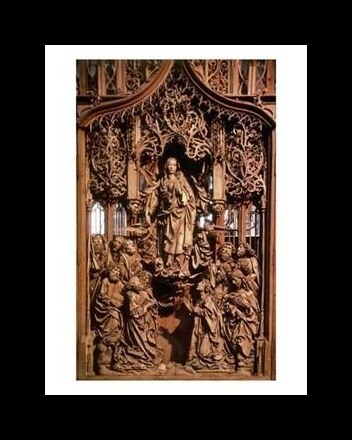
Riemenshneider’s style is characterized by the way his subjects are beautifully detailed. The faces in his sculptures are very expressive, and the clothing and accessories are painstakingly detailed down to the last fold. Some art historians say that his subjects have a look of inner expression, as if they are deep in thought. While many of his contemporaries were creating sculpture in the Classical style and with overly emotional characters, Riemenshneider set himself apart by exquisite simplicity. This beautifully executed method of showing emotion in sculpture is what has set Riemenshneider apart throughout history from any other sculptor.
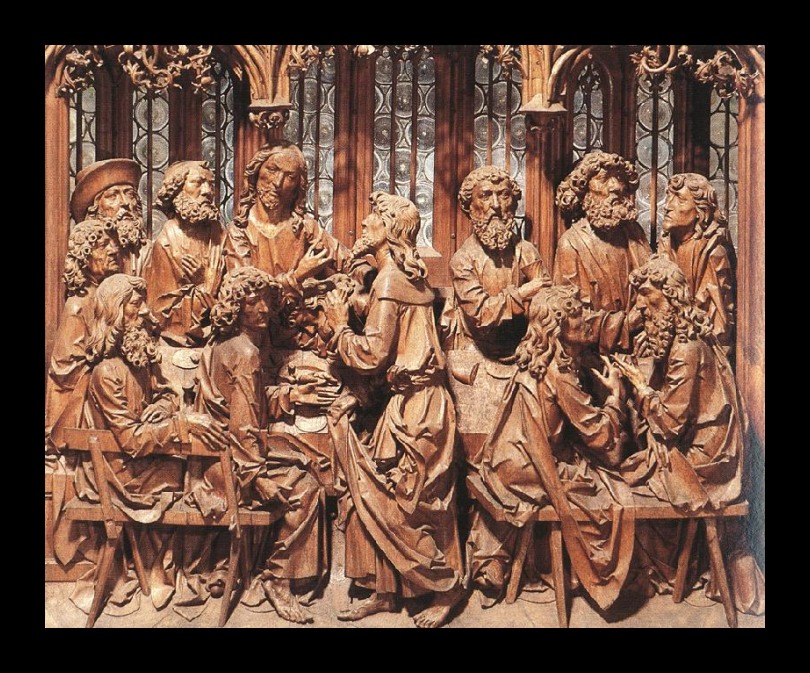
Very little is known about Riemenshneider’s early life. Art historians think that he learned the trade of woodcarving and incidentally, sculpting as a teenager in either Ulm or Strasbourg. Historians also conclude that he most likely studied the work of Martin Schongauer, due to the fact that some of his work mirrors Schongauer’s copper engravings.

Riemenshneider settled in Würzburg in 1483 where he joined the Saint Luke’s Guild of painters, sculptors and glass workers. Throughout his life, Riemenshneider married four times. His first wife brought him land and money, and made it possible for go from being an assistant to a master craftsman on his own. From then on, Riemenshneider began to receive numerous commissions from local churches and from councils in towns neighboring Würzburg. His first major commission came in 1490 when he was hired to create an altarpiece for the St. Mary Magdalene in nearby Münnerstadt. The following year, Würzburg ordered life-sized stone carvings of Adam and Eve for the Marienkapelle, the church of the town council.
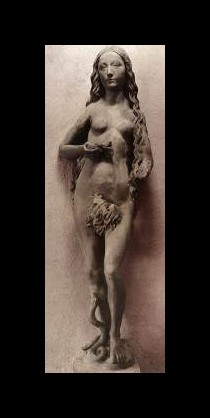
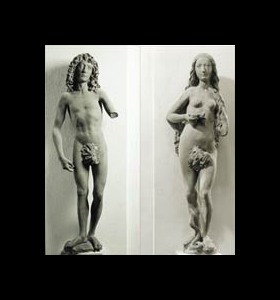
These commissions made Riemenshneider a very wealthy and well known citizen of Würzburg. By 1500, he owned a number of properties around town and was known throughout his region for his skill as a master sculptor of both wood and stone. By this time, his workshop boasted more than forty apprentices that created paintings, sculptures and woodcarvings. Throughout his career, Riemenshneider showed a proficiency in working with a number of mediums from wood and marble to alabaster and limestone. Most of these pieces would be gilded or painted, but Riemenschneider was said to have been one of the first to not use a great deal of color, but to keep his pieces monochromatic instead.

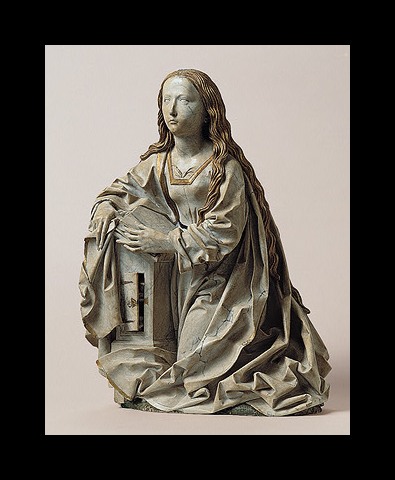
Riemenshneider was also a politician and in 1504 he became a council member of the city of Würzburg. He also held the office of mayor from 1520 until 1524. This high social standing brought him even more profitable commissions and kept his workshop very busy until the Peasants’ War from 1524-1525. As a result of the Peasants’ War, all of the council members of Würzburg were imprisoned and tortured, including Riemenshneider. Legend has it that Riemenshneider’s hands were both broken while he was being tortured, ending his artistic career. After he was released from prison, his property and most of his fortune was lost and no more work was produced in his workshop. After his death in 1531, Riemenshneider’s son, Jörg took over his workshop.

While Riemenshneider was undoubtedly a masterful sculpture, his paintings are all but forgotten. His works in wood and stone are abundant and still beautifully preserved; however, there are considerably less of his paintings known or in existence. How many paintings did his workshop produce during his career? Where are they now?
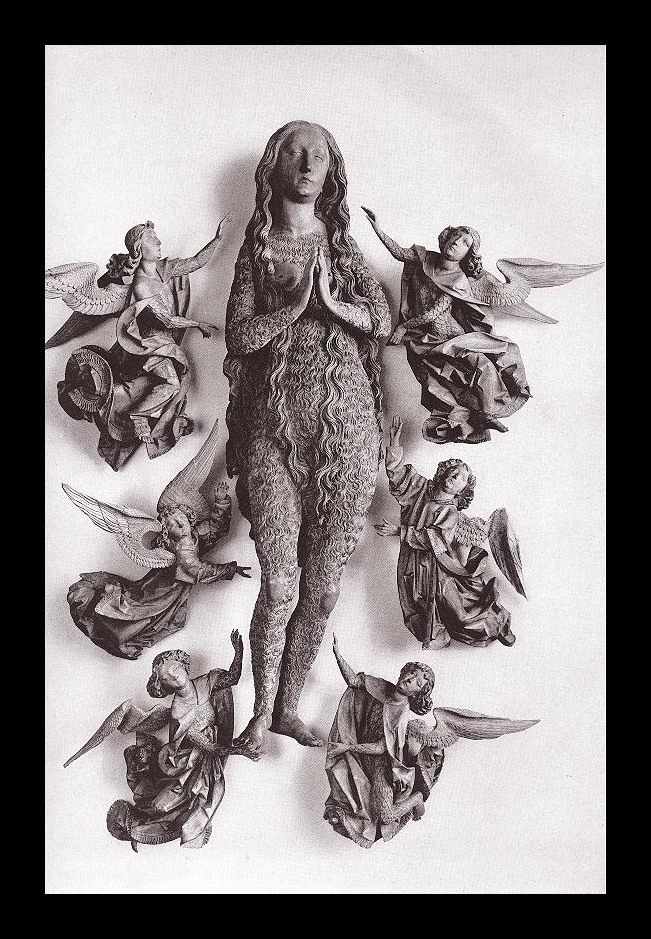
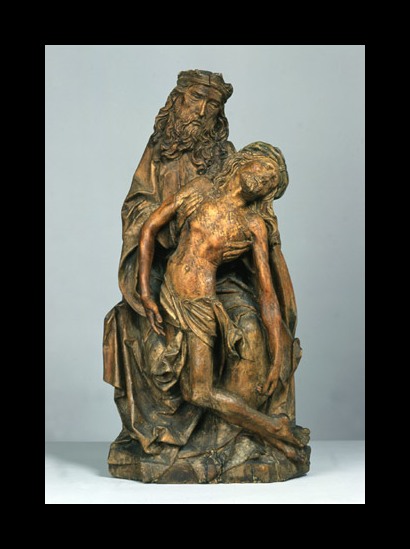
Furthermore, since Riemenshneider was a master artist who created pieces over 500 years ago, the possibility of some of his pieces being plundered throughout the ages is great. Existing altarpieces in churches in Würzburg and its surrounding areas may look complete, but it is possible that statues may have been stolen from these public places.
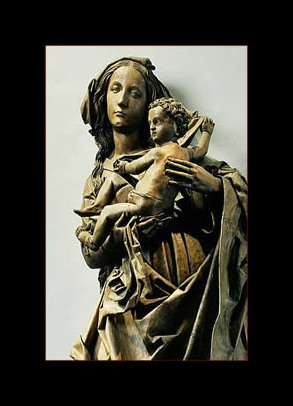
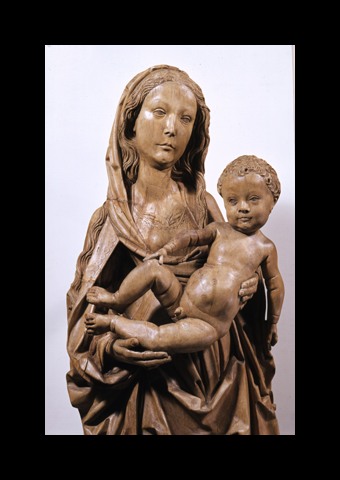
Today, the largest collection of Riemenshneider’s work can be found in Würzburg at the Mainfränkisches Museum at the Marienberg citadel. There are more than 80 pieces in the collection, most of which are wooden altar pieces. Much of his other pieces are still in the churches and buildings for which they were created, as well as tombs and some “secular” settings. His sculptures are also housed in the United States and in London as well.
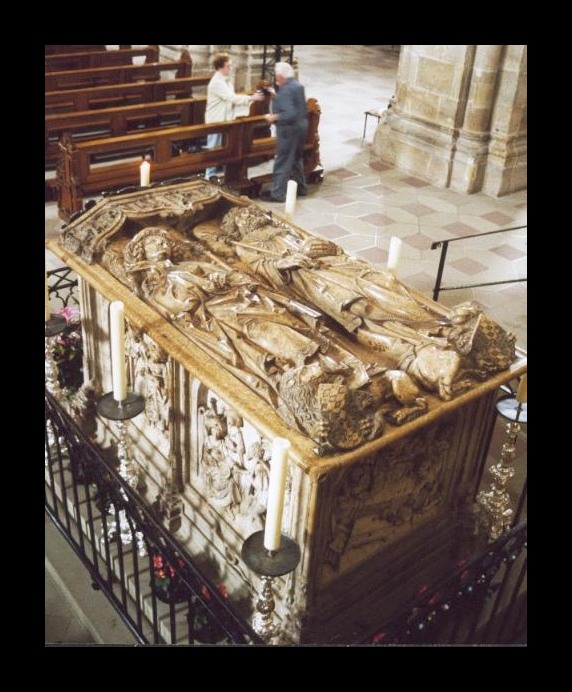
Still wondering about a transitional Goth/Renaissance period German statue or painting in your family’s estate? Contact us…it could be by Tilman Riemenschneider.
Reviews
1,217 global ratings
5 Star
4 Star
3 Star
2 Star
1 Star
Your evaluation is very important to us. Thank you.
